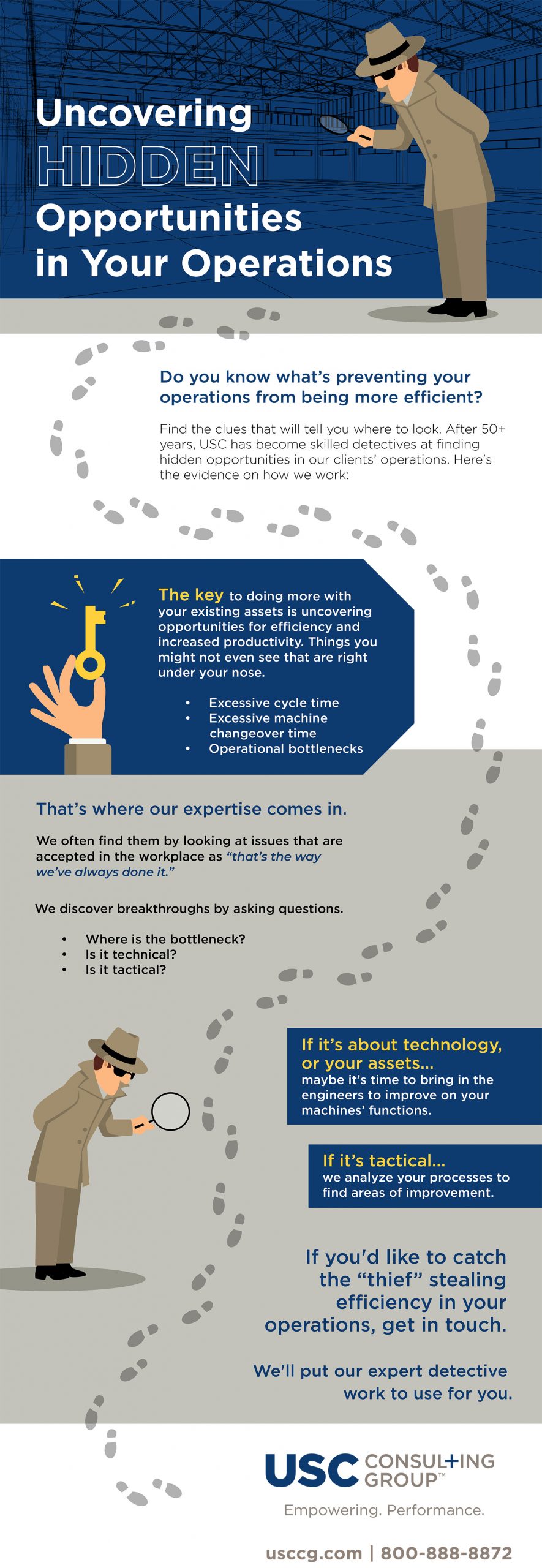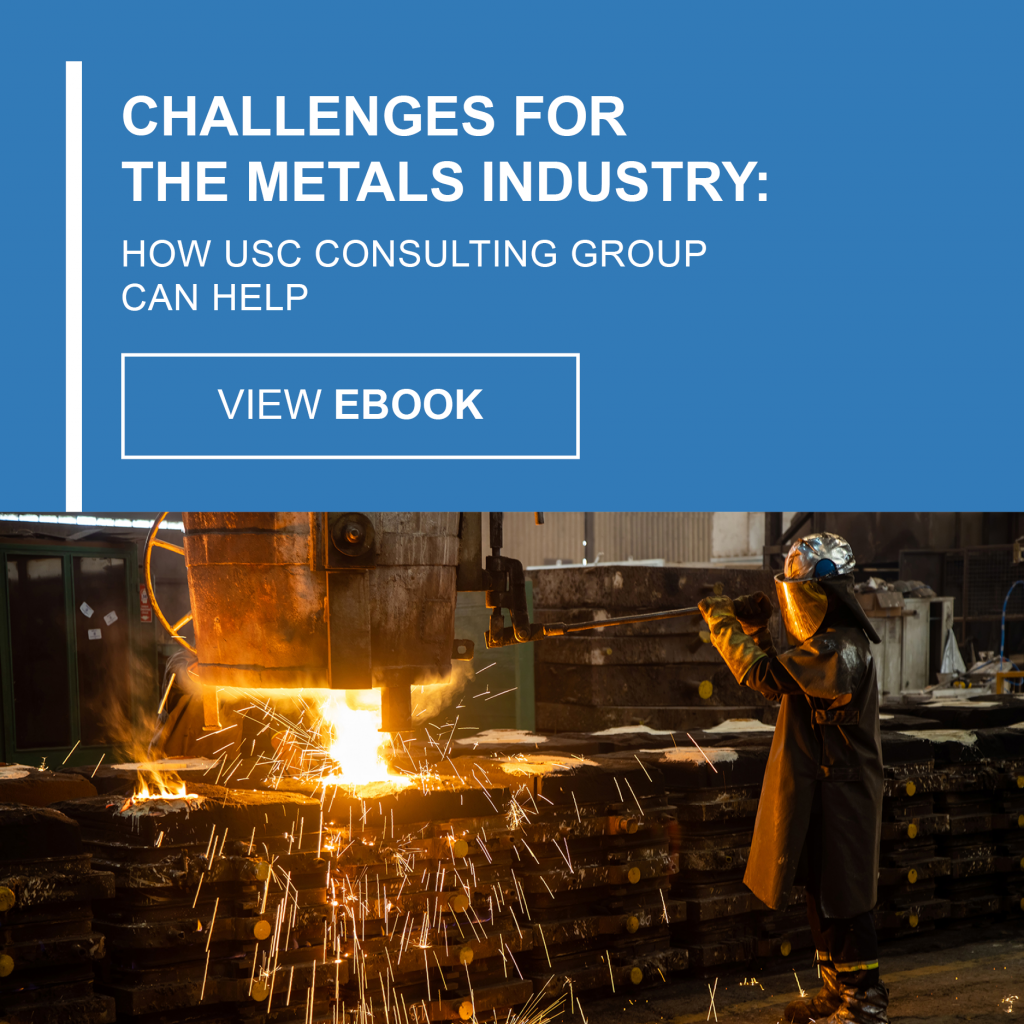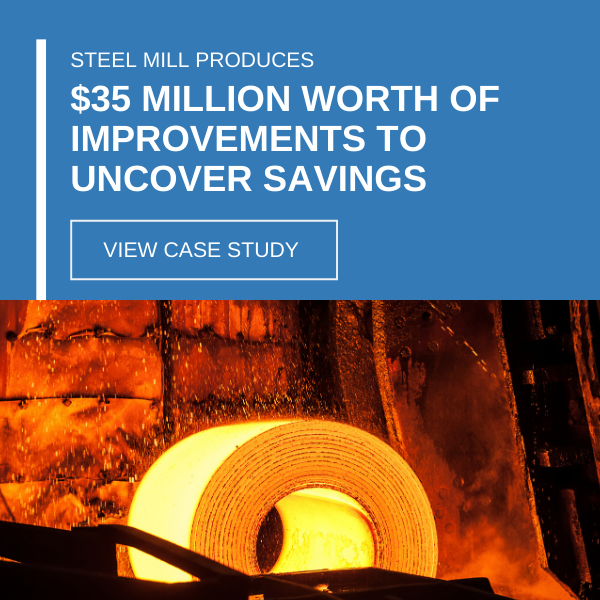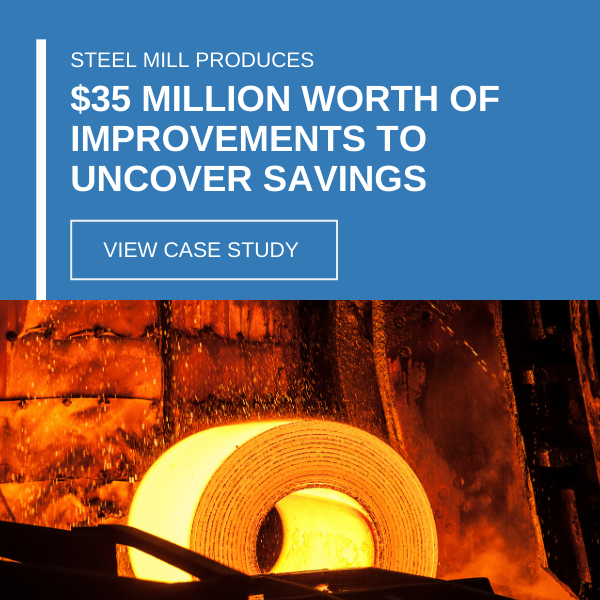-
Subscribe to Blog:
SEARCH THE BLOG
CATEGORIES
- Aerospace
- Asset Maintenance
- Automotive
- Blog
- Building Products
- Case Studies
- Chemical Processing
- Consulting
- Food & Beverage
- Forestry Products
- Hospitals & Healthcare
- Knowledge Transfer
- Lean Manufacturing
- Life Sciences
- Logistics
- Manufacturing
- Material Utilization
- Metals
- Mining
- News
- Office Politics
- Oil & Gas
- Plastics
- Private Equity
- Process Improvement
- Project Management
- Spend Management
- Supply Chain
- Uncategorized
- Utilities
- Whitepapers
BLOG ARCHIVES
- June 2025 (4)
- May 2025 (1)
- April 2025 (1)
- March 2025 (1)
- February 2025 (4)
- January 2025 (4)
- December 2024 (4)
- November 2024 (2)
- October 2024 (6)
- September 2024 (5)
- August 2024 (5)
- July 2024 (6)
- June 2024 (3)
- May 2024 (3)
- April 2024 (4)
- March 2024 (3)
- February 2024 (4)
- January 2024 (5)
- December 2023 (2)
- November 2023 (1)
- October 2023 (6)
- September 2023 (3)
- August 2023 (4)
- July 2023 (2)
- June 2023 (3)
- May 2023 (7)
- April 2023 (3)
- March 2023 (3)
- February 2023 (5)
- January 2023 (6)
- December 2022 (2)
- November 2022 (5)
- October 2022 (5)
- September 2022 (5)
- August 2022 (6)
- July 2022 (3)
- June 2022 (4)
- May 2022 (5)
- April 2022 (3)
- March 2022 (5)
- February 2022 (4)
- January 2022 (7)
- December 2021 (3)
- November 2021 (5)
- October 2021 (3)
- September 2021 (2)
- August 2021 (6)
- July 2021 (2)
- June 2021 (10)
- May 2021 (4)
- April 2021 (5)
- March 2021 (5)
- February 2021 (3)
- January 2021 (4)
- December 2020 (3)
- November 2020 (3)
- October 2020 (3)
- September 2020 (3)
- August 2020 (4)
- July 2020 (3)
- June 2020 (5)
- May 2020 (3)
- April 2020 (3)
- March 2020 (4)
- February 2020 (4)
- January 2020 (4)
- December 2019 (3)
- November 2019 (2)
- October 2019 (4)
- September 2019 (2)
- August 2019 (4)
- July 2019 (3)
- June 2019 (4)
- May 2019 (2)
- April 2019 (4)
- March 2019 (4)
- February 2019 (5)
- January 2019 (5)
- December 2018 (2)
- November 2018 (2)
- October 2018 (5)
- September 2018 (4)
- August 2018 (3)
- July 2018 (2)
- June 2018 (4)
- May 2018 (3)
- April 2018 (3)
- March 2018 (2)
- February 2018 (2)
- January 2018 (1)
- December 2017 (1)
- November 2017 (2)
- October 2017 (2)
- September 2017 (1)
- August 2017 (2)
- July 2017 (2)
- June 2017 (1)
- April 2017 (3)
- March 2017 (3)
- February 2017 (2)
- January 2017 (2)
- December 2016 (2)
- November 2016 (4)
- October 2016 (4)
- September 2016 (3)
- August 2016 (6)
- July 2016 (4)
- June 2016 (4)
- May 2016 (1)
- April 2016 (3)
- March 2016 (4)
- February 2016 (2)
- January 2016 (4)
- December 2015 (3)
- November 2015 (3)
- October 2015 (1)
- September 2015 (1)
- August 2015 (4)
- July 2015 (6)
- June 2015 (4)
- May 2015 (7)
- April 2015 (6)
- March 2015 (6)
- February 2015 (4)
- January 2015 (3)
CONNECT WITH US
Tag Archives: Hidden Opportunities
After 50+ years in the operations management consulting business, USC has become skilled detectives at finding hidden opportunities in our clients’ operations. Here’s the evidence on how we uncover more throughput and production in your operations:
The key to doing more with your existing assets is uncovering opportunities for efficiency and increased productivity. Things you might not even see that are right under your nose.
- Excessive cycle time
- Excessive machine changeover time
- Operational bottlenecks
That’s where our expertise comes in. We often find them by looking at issues that are accepted in the workplace as “that’s the way we’ve always done it.”
We discover breakthroughs by asking questions.
- Where is the bottleneck?
- Is it technical?
- Is it tactical?
If it’s about technology, or your assets, maybe it’s time to bring in the engineers to improve on your machines’ functions.
If it’s tactical, we analyze your processes to find areas of improvement.
Follow the footsteps in the accompanying infographic as Detective Payne points out the areas of interests you want to focus your magnifying glass on.
If you’d like to catch the “thief” stealing efficiency in your operations, contact us today. We’ll put our expert detective work to use for you.
Process improvement. We haven’t met a company yet that doesn’t want to do more with what they already have, do it better, more efficiently and more effectively. The goal is to ramp up operational efficiency without huge upgrades in technology or other assets by identifying and eliminating wasteful practices and procedures.
It’s a matter of finding hidden opportunities by seeing the forest for the trees. Generally speaking, our clients have been getting the job done one way for a very long time. We look at their operations with fresh eyes and often find opportunities for efficiency by focusing on issues that are generally accepted as “just the way things are.” Other times, our clients know where the bottlenecks are, but are unsure how to go about fixing them. Occasionally, our clients get pushback from employees about fixing bottlenecks. It might take someone from the outside, like us, to help implement changes that will get things moving faster and more efficiently.
We draw on our experience, but we’ve found that every client is unique, and every operation has its own bottlenecks, challenges and areas in which efficiency can be improved. We go in like a detective to uncover yours. It’s one of the reasons we find this work so exciting.
What are hidden opportunities?
Hidden opportunities for efficiency can already exist in your operation, but you’re not aware of them. What they are, and where they hide, depend on the industry you’re in. We’re the specialists in uncovering them. A few examples:
- Excessive cycle time. Cycle time to produce a part could be reduced by redistributing the work between cycles so that more of the activities take place in parallel vs. in series.
- Excessive time for changeovers on a machine. There are activities that could be started and even completed before the changeover starts.
- Differences in or a breakdown of planning for supply, demand and output. One example of differences in planning is if clients have multiple plants or locations. They might also be dealing with different metrics, goals or systems for planning and forecasting. Getting everyone on the same page, working for the same goals, companywide is vital. An example of a breakdown of planning exists when clients are using data that’s too old to plan for the future.
We start the process of finding hidden opportunities by finding the answers to a few questions.
- Where is the problem?
- Is it technical or tactical?
- Is it feasible?
If it’s technical, maybe it’s time to bring in the engineers to improve on your machines’ functions. If it’s tactical, we look at your processes, the way you’re using those machines, to find those hidden efficiencies.
We also take a hard look at the feasibility of your goal. If you’re producing 900 tons per day and the demand is 1,100, can we reasonably get you there? Sometimes the answer is no. Sometimes we can split the difference and get you close to the goal. Sometimes we can hit that goal and then some.
For more information about this, read our blog, What If Demand Exceeds Your Ability to Produce?
How do we find them?
We find hidden opportunities for efficiency in your operations using our tried-and-true methodology for process improvement that we’ve honed for 50-plus years. But, that doesn’t mean we sell a canned, “off the shelf” solution. Just the opposite. The way we work leads us to our clients’ unique needs, not toward what worked for the other guy. It is a collaborative approach that allows us to find a customized solution we construct and implement together.
Here’s more about how we work:
We start by listening to you. We don’t come in offering solutions right out of the gate. The first thing we do is sit down and listen to our clients. We want to understand from your perspective what challenges you are facing.
We roll up our sleeves. We don’t simply offer recommendations for improvements without getting into the mix ourselves to see with our own eyes how your process is working. We understand that your frontline staff is a valuable resource, so we leverage their experience and expertise throughout the change process. We talk to your workers and look at the job through their eyes. We combine that with fact-based observations, our expertise and an assessment of where opportunities exist for improvement. In that way, we get buy-in from the frontlines. To read more about how crucial frontline buy-in is to the process, read our blog, Why Getting Buy-in from Frontline Employees is Key.
We get to work. We craft a collaborative approach to find greater efficiency, streamlined processes and the ability to do more with less.
That’s our simple, go-to business model. We implement collaborative recommendations and then transfer the knowledge back to your staff. This enables the organization to continue the improvements we started together.
COVID-based changes to the process
You can’t stay in business for a half-century without experiencing some changes along the way, and 2020 was a year in which most businesses found themselves on the receiving end of process changes, large and small. We were no exception. COVID safety protocols required us to pivot on a dime and alter our process, which had previously been hands-on, on-site. Now, we’re working with a hybrid model involving remote and onsite work.
During the remote phase, we gather information, talk to our clients and listen to their concerns and issues. Onsite, we work with our clients, staggering our teams’ presence at their facilities. They may also stagger their employees who work onsite with us. That’s an important part of the process — a hidden opportunity for efficiency we found within our own methodology. By staggering our team at your site, we’re prepared for the unlikely event that a team member falls ill. If it happens, it won’t shut down the whole operation because we’ll have another team member to step in.
At USCCG, we pride ourselves in finding hidden opportunities for efficiencies that will help smooth out bottlenecks and allow our customers to meet growing demand with their current assets. Please contact us if you’d like to find out more.
To learn more, download our eBook, Challenges for the Metals Industry: How USC Consulting Group Can Help
What is your vision for a post-COVID future for your company?
Our country and the world are going to come out of this pandemic, ideally sooner rather than later. What then? Companies are naturally going to be focused on growth, not only to make up for lost time, productivity and revenue, but to chart the course for future success. Hiring more staff, especially if you’ve had COVID-related layoffs, may well be part of your growth strategy. But growth in a post-COVID era is also going to be about focusing on operations efficiency and continuous improvement. Even more than hiring, efficiency and continuous improvement will be crucial to what comes next.
Continuous improvement matters now
At USC Consulting Group, we’re committed to a continuous improvement mindset. We recommend it to our clients and we put it into practice every day in the work that we do for them. What does it mean, exactly? It means not resting on our laurels. Instead, we use those “laurels” as rungs on a ladder. We build upon our successes to reach for the next level. Higher, better, stronger, more efficient, it’s what we’re striving for all the time. We take a hard look at what works and what doesn’t, and learn from it. It’s about doing it better, every time, no matter what “it” is.
Here are some ways to incorporate continuous improvement:
- Become more people-focused. You know what they say about having no “I” in “Team.”
- Prioritize communication. Employees need to be clear on the strategy and goals, and know the playbook to get there.
- Embrace the unending journey. You’ve never reached the end of continuous improvement. You need to build on successes and strive to reach higher each time.
- Look at processes with a critical eye. Being honest about what works and what doesn’t is key.
- Use available tools. Resource capacity planning and operational performance reviews can ramp up your process and provide direction for further investments.
- Be open. There is always room for improvement, and being open to it is crucial.
It matters in a post-COVID world because many companies can’t and shouldn’t go back to business as usual. All of us have learned lessons from keeping our heads above water during this pandemic. Those lessons can help us improve, coming out of it stronger than before.
React, Reassess, Rebound
This pandemic has put companies through three distinct phases. Deloitte calls it Respond, Recover and Thrive. We see it a little differently. We’d call it React, Reassess, Rebound.
React: Survival
Back in April 2020, COVID threw all of us into the deep end of the pool. Companies had to react to this sudden, new reality and pivot on a dime just to keep the doors open. People who could work at home did, in greater numbers than ever before. For manufacturers, it meant immediately coming up with new protocols and procedures in order to keep their people safe on the shop floor while they got the job done.
This new reality wasn’t just affecting our clients. We had to react and pivot on a dime, too, changing our proven processes to help our clients quickly.
[For more on this, download our free eBook, “Times Have Changed. USC Consulting Group Can Help You Adapt.“]
Reassess: Finding efficiencies
During the pandemic, many of our clients came to us to help them with one of the things we do best — finding hidden opportunities for efficiency in their processes and procedures using their current assets. Our methodology involves listening, looking at your operating system and procedures, and finding opportunities that you don’t see. Nine times out of ten, we find those opportunities for efficiency by looking at issues that are generally accepted as “just the way things are.”
It’s about reassessing established, longstanding processes and procedures and questioning whether or not they’re the best way forward. More often than not, there’s a better, more efficient, streamlined way of getting the job done.
Rebound: It’s about growth
Here’s where it gets interesting, and where continuous improvement comes in. Dare we suggest that something positive can come from the new COVID protocols and procedures we’ve all had to implement? We can all learn from what we had to endure in 2020. Has your company found new efficiencies? Have you streamlined ways to get the job done? Have you figured out how to do more with less? We’ve helped our clients do all of those things through this pandemic. When we come out of this COVID era, which will go down in the history books as one of the most difficult trials our country has been through, there’s no reason to go back to business as usual. Using the continuous improvement mindset, it’s time to go forward, building on what we’ve learned. That’s the key to growth in a post-COVID world.
What do you do when your demand is greater than your ability to meet it? This is one of the big issues some of our clients in the metals industry are facing these days as increased demand is matching or exceeding what is believed to be their capacity. Facing that situation, what can be done other than turning down sales?
Our customers who are dealing with demand management problems tend to come to us when they’re mired in what they believe is a lesser-of-two-evils choice. An option can be to increase capacity by investing in new capital assets but this involves investing millions of dollars and will demand be there given the long lead time for those assets. A possible second option is to increase capacity by expanding the hours of operation either by hiring additional staff or through overtime. Again, this leads to an increase in costs, especially if hiring additional staff also has a lead time as employees are hired and trained. So they come to us looking for a third option: Doing more with the assets they already have.
At USC Consulting Group, that’s our wheelhouse. It’s what we’ve been doing for companies for over 50 years.
We’re not about telling our clients to throw out machinery that’s working pretty well, open their wallets, and upgrade to state-of-the-art technology. Most of the time, that’s a huge expense that’s just not necessary. Instead, we do the hard work of rolling up our sleeves and finding hidden opportunities for improvements with your current assets. It’s about doing more with what you have and overcoming demand management problems.
Hidden opportunities
What are hidden opportunities, exactly? They are efficiencies in your operation that you’re not aware of. We find them by first listening to you describe your issues, bottlenecks and stumbling blocks. Then, we look at your existing management operating system and standard work procedures like a detective, looking for ways to kick your efficiency up a notch. We find the opportunities that you may not see. Nine times out of ten, we find them by looking at issues that are generally accepted as “just the way things are.” A few examples:
- Excessive cycle time. Cycle time to produce a part could be reduced by redistributing the work between cycles so that more of the activities take place in parallel vs. in series.
- Excessive time for changeovers on a machine. There are activities that could be started and even completed before the changeover starts.
We start the process of finding hidden opportunities by finding the answers to a few questions.
- Where is the problem?
- Is it technical or tactical?
- Is it feasible?
If it’s technical, maybe it’s time to bring in the engineers to improve on your machines’ functions. If it’s tactical, we look at your processes, the way you’re using those machines, to find those hidden efficiencies.
We also take a hard look at the feasibility of your goal. If you’re producing 900 tons per day and the demand is 1,100, can we reasonably get you there? Sometimes the answer is no. Sometimes we can split the difference and get you close to the goal. Sometimes we can hit that goal and then some.
Why frontline buy-in is essential
At times, our recommendations for new efficiencies in your time-tested processes might ruffle some feathers, especially those of your crews on the frontlines, men and women who are doing those jobs for a living. That’s why we involve them from the beginning. We don’t swoop in at the end of our process and hand them a playbook on how to do their jobs better. Instead, they help us write that playbook. Your frontline employees’ buy-in is crucial to the success of any changes you want to make.
Frankly, working with your frontline employees makes our job easier, too. They give us the lowdown on what’s happening in your operation. We hear what’s going right, and at times, what’s going wrong. They often can see what the problems are, but not know how to fix them. We can get the single source of truth from your frontlines and implement plans to fix the issues and improve productivity. It’s crucial to finding where efficiencies can happen.
To read more about how crucial frontline buy-in is to the process, read our blog, Why Getting Buy-in from Frontline Employees is Key.
At USCCG, we pride ourselves in finding hidden opportunities for efficiencies that will help smooth out bottlenecks and allow our customers to meet growing demand with their current assets. Please get in touch if you’d like to find out more.
For a deeper look at demand management problems and other challenges and how we find hidden opportunities in Metals manufacturing operations, download our free eBook: “Challenges For The Metals Industry: How USC Consulting Group Can Help”









